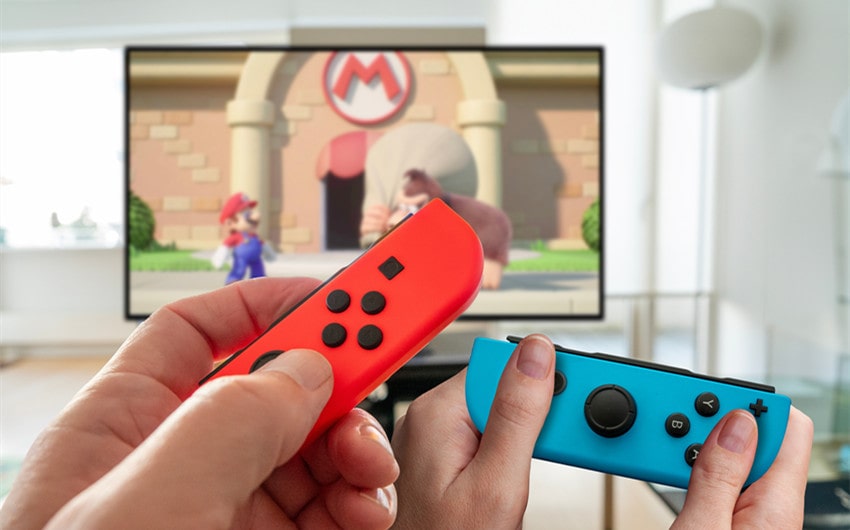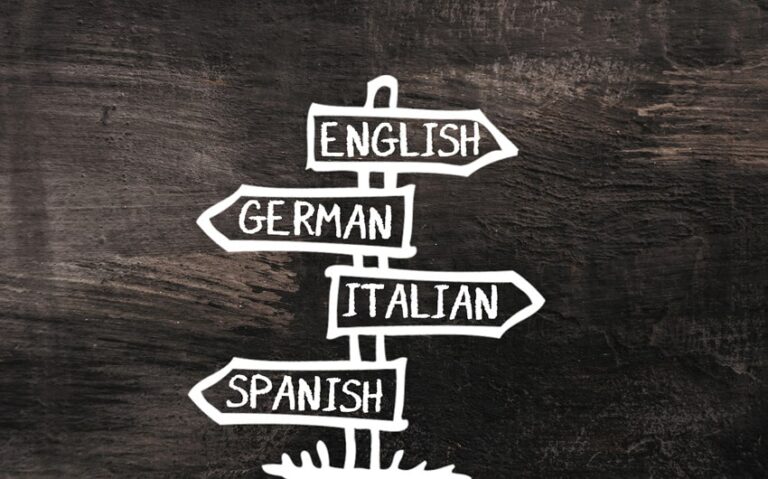Why Are Nintendo Games So Expensive? A Deep Look at Pricing, Demand, and Value
When you ask, “Why are Nintendo games so expensive?”, you’re tapping into a question that many gamers have—especially those who’ve noticed that Nintendo titles rarely drop in price, even years after release. Whether you’re shopping for Mario Kart, Zelda, or Super Smash Bros., you’ll often find that Nintendo games cost as much today as they did on launch day.
But why does Nintendo keep prices high while games from other companies frequently go on sale? The answer involves a mix of brand power, consistent demand, unique development strategies, and smart business decisions that have shaped Nintendo’s reputation for premium pricing.
Below is an in-depth explanation—over 900 words—exploring the real reasons behind Nintendo’s famously expensive games.
Nintendo’s Strong Brand Power and Reputation
One of the biggest reasons Nintendo games remain expensive is the company’s brand strength. For more than 30 years, Nintendo has built some of the most iconic franchises in gaming history.
A few examples include:
- Super Mario
- The Legend of Zelda
- Animal Crossing
- Pokémon
- Super Smash Bros.
- Mario Kart
These franchises aren’t just games—they’re household names with global fan bases. Many players grow up with Nintendo consoles, creating lifelong loyalty.
This brand loyalty leads to predictable, long-lasting demand. When demand stays consistently high, there’s no financial reason for Nintendo to discount games. Consumers are willing to pay full price even years later, which helps Nintendo maintain premium pricing.
Evergreen Titles That Don’t Lose Value
Nintendo creates what the industry calls “evergreen titles.” These are games that continue selling well long after release instead of fading out like typical games.
For example:
- Mario Kart 8 Deluxe still tops sales charts years after its release.
- The Legend of Zelda: Breath of the Wild continues to sell millions long after launch.
- Animal Crossing: New Horizons remained a cultural phenomenon for multiple years.
When a game keeps selling steadily, even without discounts, there’s no reason to lower the price. Most other companies drop prices quickly to boost sales after the initial launch window. Nintendo doesn’t need to because their games naturally stay relevant.
Nintendo Rarely Discounts First-Party Games
Unlike PlayStation, Xbox, or PC gaming platforms like Steam—which are known for frequent sales—Nintendo has a completely different pricing philosophy.
Nintendo rarely discounts games because:
- They treat their first-party titles as long-term assets
- They want to maintain a premium brand image
- Sales performance remains strong without discounts
- Lowering prices may devalue the games in the eyes of consumers
Even during events like Black Friday or holiday sales, the discounts on Nintendo’s first-party titles are usually minimal (often $5–10 off instead of deep cuts).
Limited Competition Within Nintendo’s Own Ecosystem
Another key reason Nintendo can keep prices high is that its games don’t compete directly with PlayStation, Xbox, or PC titles. Nintendo tends to operate in its own lane.
Here’s why:
- Nintendo’s consoles (like the Switch) use exclusive hardware and software
- Popular Nintendo franchises aren’t available on any other platform
- Competitors cannot offer similar experiences, especially for family-friendly gaming
Because Nintendo games are exclusive to Nintendo systems, fans have no alternative if they want to play them. This exclusivity gives Nintendo the power to control pricing without fear of losing customers to another console.
High Development Costs for First-Party Titles
Many people assume Nintendo games should be cheaper because their art style is often colorful and stylized rather than hyper-realistic. But this is a misconception.
Developing a first-party Nintendo game requires:
- Large teams of experienced designers
- Years of research and testing
- Unique gameplay innovation
- High-quality music, animation, and world-building
Nintendo is known for meticulous craftsmanship. Even simple-looking games involve deep mechanics, extensive testing, and refined gameplay loops that take time and money to perfect.
When development costs are high, the company maintains higher prices to recoup investment and ensure profit.
Gently Used Games Retain Value Too
Not only do new Nintendo games stay expensive—used ones do too. This happens because:
- Nintendo fans tend to keep their games
- Demand often exceeds supply
- New games rarely go on sale, so used games stay close to retail price
- Collectability adds value to classic franchises
Some Nintendo titles even increase in value years later, especially limited editions or games from discontinued consoles.
Nintendo Has a Stable Market for Family-Friendly Games
Nintendo’s target audience is unique compared to competitors. While Xbox and PlayStation often focus on teens and adults, Nintendo attracts:
- Kids
- Parents
- Casual gamers
- Longtime fans
- Multiplayer households
Family-friendly games rarely go out of style. A child today is just as likely to enjoy Super Mario as someone who played it decades ago.
Because Nintendo constantly reaches new generations, demand for their games doesn’t fade — keeping prices high.
Nintendo Avoids the “Race to the Bottom” Trend
Some gaming companies use aggressive sales to compete, leading to a “race to the bottom” where prices drop quickly. Nintendo deliberately avoids this strategy.
Their approach is:
- “Quality stays valuable forever.”
- “Great games deserve premium pricing.”
- “Discounts should be rare, not expected.”
This mindset helps maintain the value and prestige of Nintendo products.
Wide Global Popularity and Cultural Impact
Nintendo is a global cultural phenomenon. Its characters are widely recognized—even by people who’ve never picked up a controller.
Examples include:
- Mario
- Luigi
- Pikachu
- Link
- Kirby
- Donkey Kong
Because of this worldwide recognition, demand remains strong in multiple regions, which helps Nintendo keep pricing consistent across the globe.
Continuous Console Compatibility Encourages Long-Term Demand
Nintendo often develops games that maintain relevance through console generations. Some titles remain popular because they:
- Receive updates
- Offer multiplayer fun
- Are tied to iconic characters
- Work well across different Switch models
Because players know these games will stay enjoyable for years, they’re more willing to pay full price.
Final Thoughts
So, why are Nintendo games so expensive?
The short answer: because they hold their value.
The long answer includes:
- strong brand loyalty
- evergreen games that stay relevant
- limited discounts on first-party titles
- high development quality
- exclusive franchises
- global demand
- a unique audience that keeps buying
Nintendo games are crafted to last—and their prices reflect that longevity. When you buy a Nintendo game, you’re paying for a polished, timeless experience that remains enjoyable and valuable for years to come.





